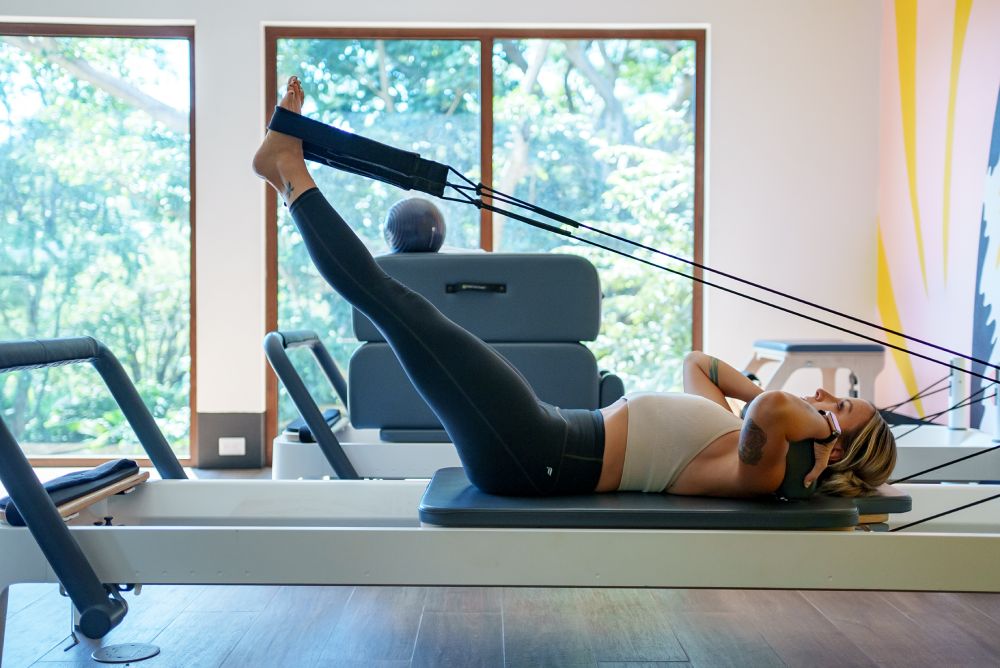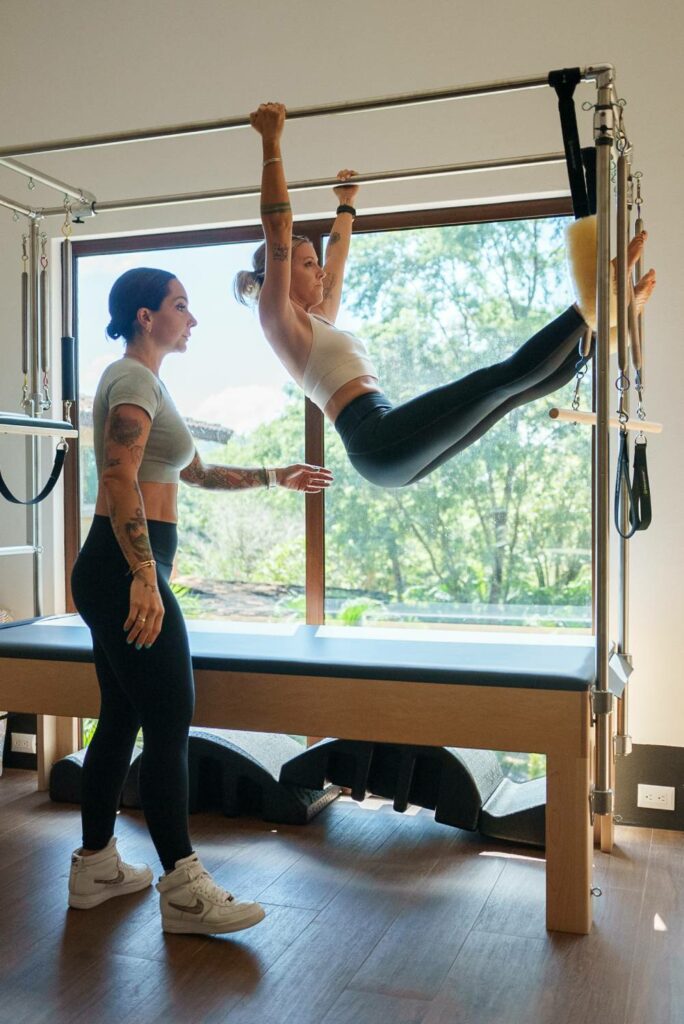Pilates and Joint Pain: Here’s What You Need to Know
When people hear the word “Pilates” they often think of lean, toned muscles and swoon-worthy abs. While these can certainly be external benefits of engaging in this classic fitness technique, there are just as many internal benefits that others will never see.
Along with building lean muscle, the health benefits of regular Pilates workouts include improved flexibility, enhanced body awareness, better balance…and reduced joint pain. If you are currently experiencing discomfort in your ankles, knees, or other joints and fearing your days of fitness are over, we have good news—a Pilates class just might be the key to improving your joint health.
What is Pilates?

Pilates is an exercise philosophy named for its founder, Joseph Pilates, who developed the technique to improve his own health and that of fellow World War I POW’s in the early 1900’s. Pilates created exercises and equipment that could be used to stretch and strengthen the body without putting stress on joints.
Pilates is based on these fundamental principles:
- Using mental focus to improve muscle control
- Strengthening muscles while improving flexibility
- Focusing on proper alignment of the spine
- Bringing the power of the breath to every practice
- Developing core muscles to support the spine and proper posture
How Does Pilates Help Painful Joints?

Pilates is a highly effective, low-impact workout that torches calories without placing unnecessary stress on joints. The Pilates method was originally used to rehabilitate injured soldiers, so the movements focus on building core muscle strength in a way that supports the spine and joints. Core muscles are essentially the scaffolding of the body. When these muscles are weak, much of the pressure to support the body’s trunk and limbs falls to the joints. But when core muscles are strong and the body’s scaffolding is providing proper support, a significant amount of pressure is taken off the joints.
As we age, our body naturally loses the fluid that lubricates our joints, and we find ourselves feeling stiff and sore. Often, our natural response is to avoid working those areas where we feel discomfort. Pilates allows for the gentle strengthening of muscles in a low-impact environment, minimizing discomfort and improving blood flow throughout the body which, in turn, delivers important nutrients to muscles and tendons.
Pilates is particularly beneficial to those living with rheumatoid arthritis or osteoarthritis and can be a key component in maintaining quality of life and mobility. The gentle stretching achieved in Pilates can help alleviate the soreness, stiffness, and lack of mobility often associated with an arthritis flare. (It should go without saying that you should always check with your primary care physician or specialist before starting any exercise program for the first time).
If you are interested in attending one of our in-studio Pilates classes, click here to sign up. We also offer private Pilates sessions, where you will receive one-on-one instruction from our fitness experts.
Make no mistake—Pilates is not an “easy” workout (ask anyone who has engaged in the Pilates Hundred…they’ll tell you). What Pilates is is a low-impact, full-body workout that incorporates mental focus and the power of breath into a series of exercises that will strengthen your core muscles, support your body, and offer some much-needed relief to achy joints.
###
References




